¶ Everything About LoRA Model: Shakker AI’s Ultimate Guide
The LoRA model (Low-Rank Adaptation) has revolutionized AI art creation, offering an efficient and flexible approach to fine-tuning Stable Diffusion models. For artists, developers, and enthusiasts, LoRA models unlock a new level of control and creativity. By using this technique, users can easily adapt pre-trained models to specific styles or themes, creating stunning visuals with minimal computational resources.
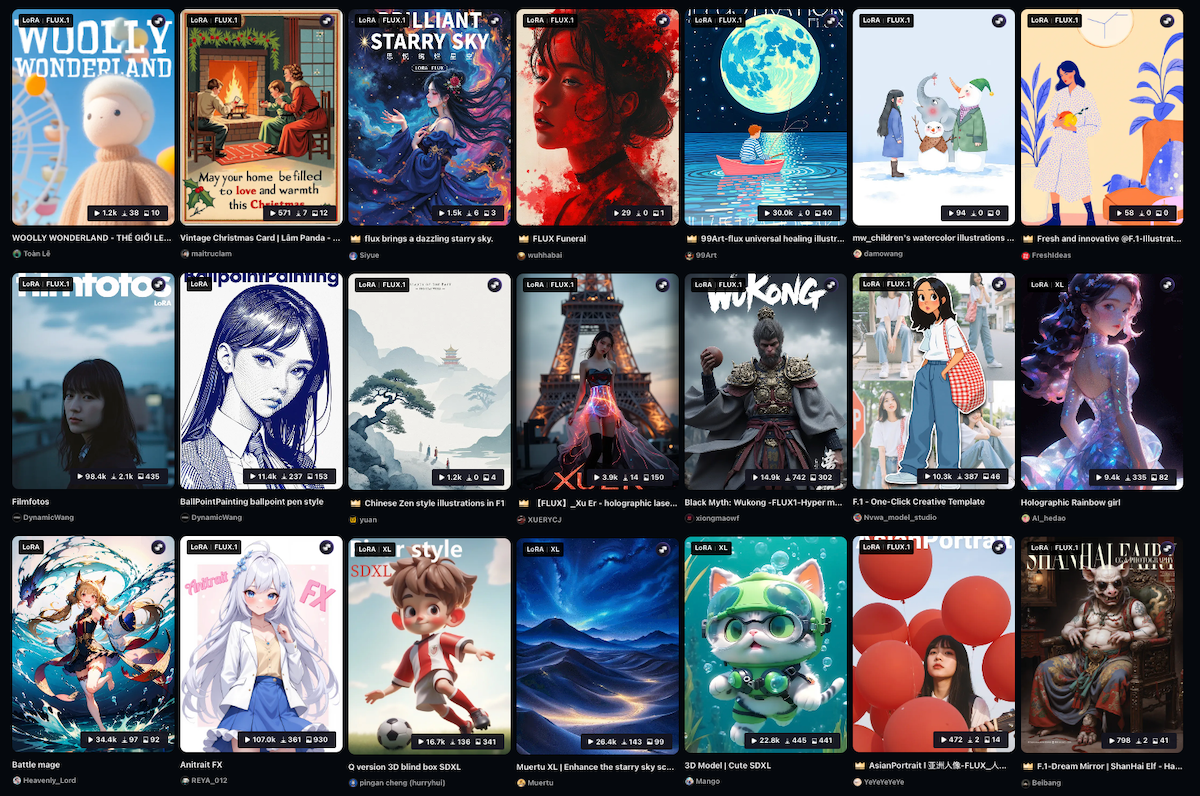
In this guide, we’ll explore what a LoRA model is, how it works, and why it’s a preferred choice over other fine-tuning techniques like Dreambooth. Plus, we’ll showcase how tools like Shakker AI make managing LoRA workflows a breeze, offering unparalleled ease and versatility for both beginners and professionals.
How to Use LoRA Models in Stable Diffusion
Best LoRA Models for Creative Projects
Shakker AI and LoRA Integration
¶ What Is a LoRA Model?
What is a LoRA model? A LoRA model, or Low-Rank Adaptation, is a method for fine-tuning large pre-trained AI models like Stable Diffusion. It works by adapting only specific layers of the model, significantly reducing file sizes and computational requirements. Unlike techniques like Dreambooth, which can be resource-intensive, LoRA models are lightweight and efficient.
The LoRA model AI technique is particularly effective for tasks like:
- Adapting a model to an anime style.
- Generating photorealistic portraits.
- Mimicking specific artistic styles, such as watercolor or 80s illustrations.
For example, if you want to create a series of images in the style of Akemi Takada’s 1980s anime art, a LoRA model allows you to achieve this with precision while maintaining the original model’s versatility.

¶ How Does LoRA Work?
To understand how a Stable Diffusion LoRA model works, let’s break it down:
- Matrix Decomposition: LoRA leverages low-rank matrix decomposition to identify and isolate the most impactful layers of a model for fine-tuning.
- Cross-Attention Layers: LoRA modifies only the cross-attention layers in Stable Diffusion models. This targeted approach ensures that the core functionality of the model remains intact while introducing new capabilities.
- Low Resource Requirements: Because LoRA adjusts only specific layers, the process requires minimal computational power, making it ideal for users with limited hardware.
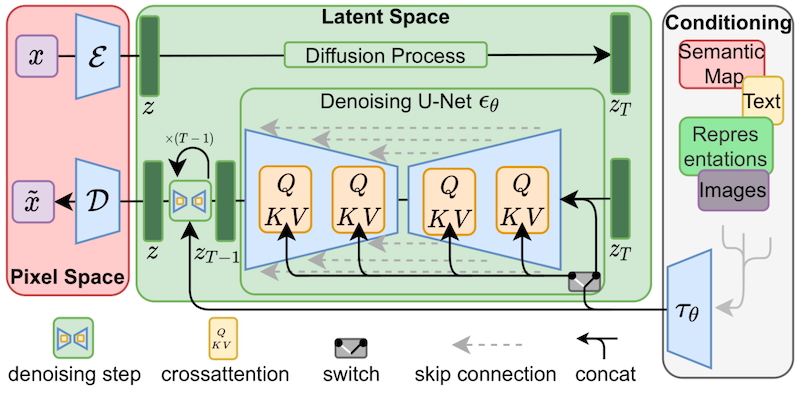
In simple terms, LoRA adapts the model’s behavior without needing to retrain the entire architecture. Tools like Shakker AI streamline this process by providing intuitive interfaces for integrating and managing LoRA workflows, even for beginners.
¶ Where to Find LoRA Models?
Looking for the best sources to download LoRA models? Here are some top platforms:
¶ 1. Shakker AI
Shakker AI offers a curated library of LoRA models designed for a wide range of styles and tasks. From anime-inspired workflows to realistic photography models, Shakker AI provides prebuilt examples and tools to customize them further.
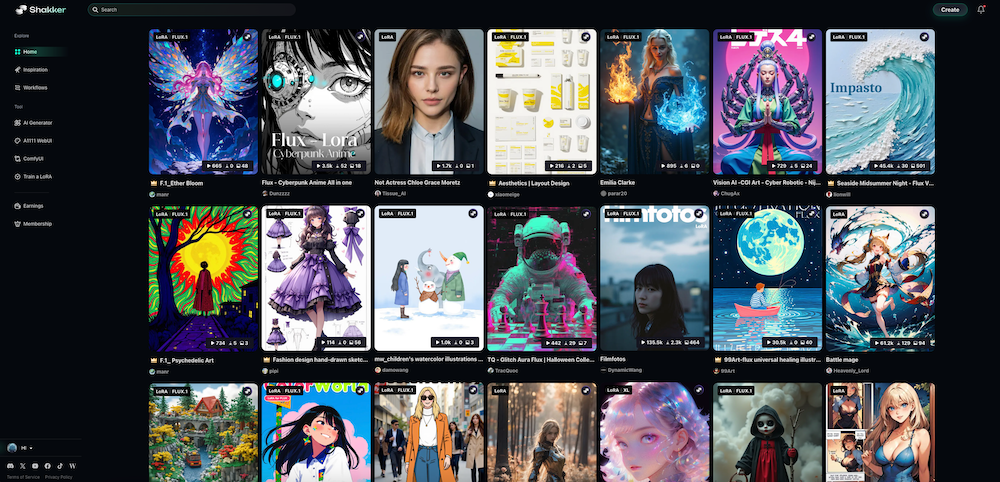
¶ 2. Civitai
Civitai boasts one of the largest collections of user-submitted LoRA models. Categories include:
- Anime styles for manga artists and enthusiasts.
- Realistic portraits for photographers.
- Abstract art styles for experimental creators.
Civitai also includes NSFW filters, allowing users to browse models safely.
¶ 3. Hugging Face
Hugging Face offers a smaller but highly diverse collection of LoRA models. Its repository includes models for niche artistic styles and experimental workflows, making it a great resource for creative exploration.
¶ How to Use LoRA Models in Stable Diffusion
Here’s a step-by-step guide to using a LoRA model Stable Diffusion workflow:
¶ 1. Installing LoRA Models
- Download the desired LoRA model as a .safetensors or .ckpt file.
- Place the file in the models/lora directory of your A1111 WebUI installation.
¶ 2. Using LoRA in Prompts
- Use syntax like <lora:ModelName:Multiplier> in your text prompts.
- Example: <lora:animeStyle:0.8> adjusts the weight to 0.8 for a balanced result.
¶ 3. Adjusting Multiplier
- Fine-tune the multiplier to control how strongly the LoRA model influences the output. Higher values amplify the effect but may overpower the base model.
Shakker AI simplifies this entire process by integrating A1111 WebUI and ComfyUI, enabling users to manage LoRA models seamlessly.
¶ Best LoRA Models for Creative Projects
¶ 1. Utility Models
- Detail Tweaker: Enhance intricate details in images.
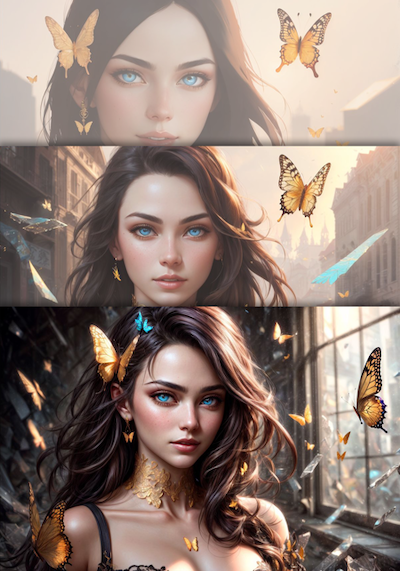
- Better Portrait Lighting: Improve lighting dynamics for photorealistic outputs.
![][image6]
Better Portrait Lighting
¶ 2. Stylized Models
- Cyberpunk Tarot Cards: Create futuristic, neon-lit art.
- Anime Styles: Generate vibrant, dynamic illustrations inspired by popular anime.
- 80s Illustration: Mimic classic art styles like Akemi Takada’s retro anime designs.

Shakker AI’s community tools allow users to discover, share, and customize these models effortlessly, fostering collaboration and innovation.
¶ Shakker AI and LoRA Integration
Shakker AI stands out as a comprehensive LoRA model manager, offering:
¶ 1. LoRA Training Tools
- Train and fine-tune custom LoRA models for specific projects.
- Use intuitive workflows for anime, illustration, and photorealism.
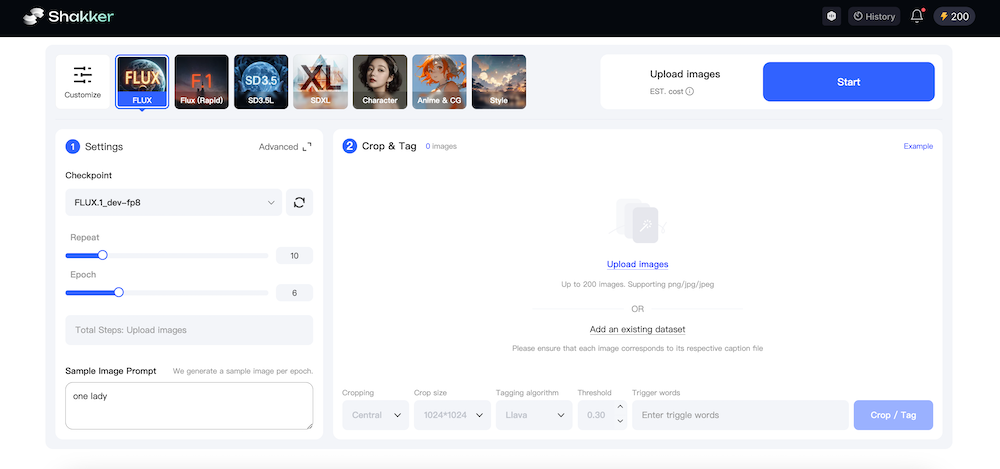
¶ 2. Prebuilt Workflows
- Access workflows for LoRA training, SDXL enhancements, and motion-based projects like Stable Video Diffusion.

¶ 3. Canvas Tools
- Real-time editing options such as inpainting, cropping, and background removal.
¶ 4. Seamless Integration
- Full compatibility with A1111 WebUI and ComfyUI for easy workflow management.
Shakker AI empowers users to explore the full potential of LoRA models without needing advanced technical skills.
¶ Final Words
The LoRA model is a powerful tool for AI image generation, offering unmatched flexibility and efficiency. By leveraging platforms like Shakker AI, creators can unlock the full potential of LoRA workflows, from fine-tuning models to managing complex projects with ease.
Whether you’re an artist, developer, or hobbyist, Shakker AI provides the tools and resources you need to push creative boundaries. Get started today and redefine what’s possible with LoRA models in Stable Diffusion!